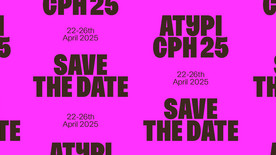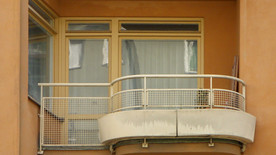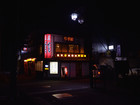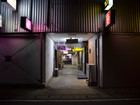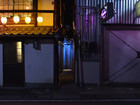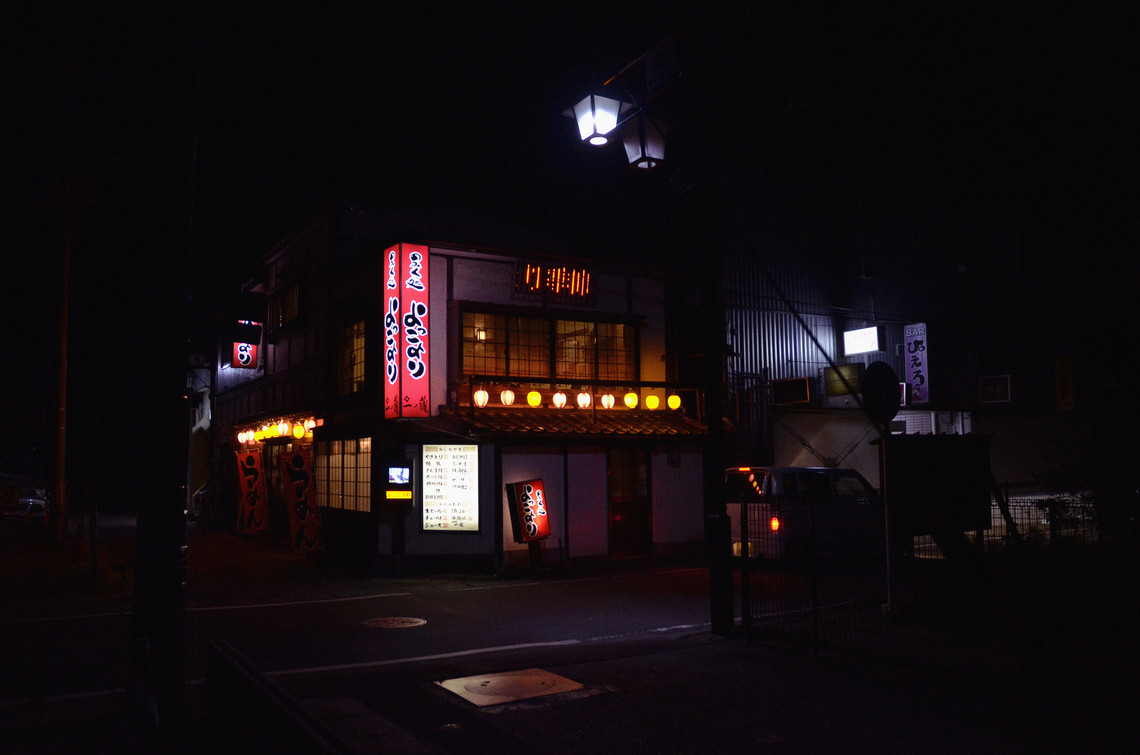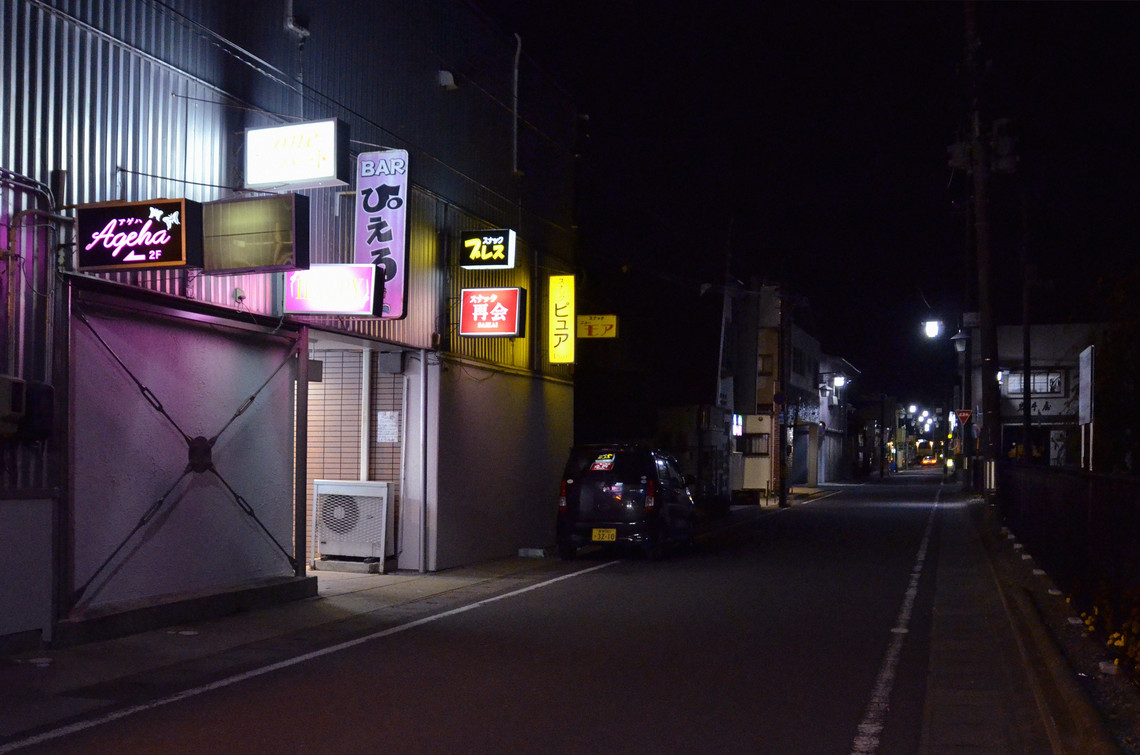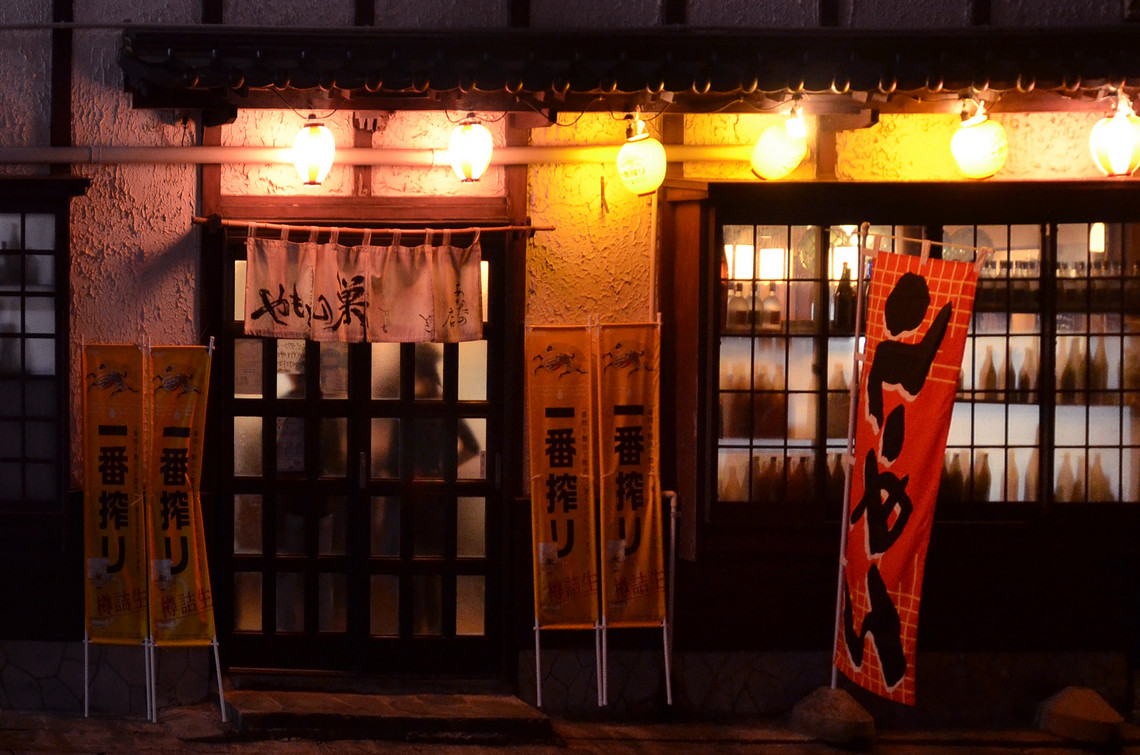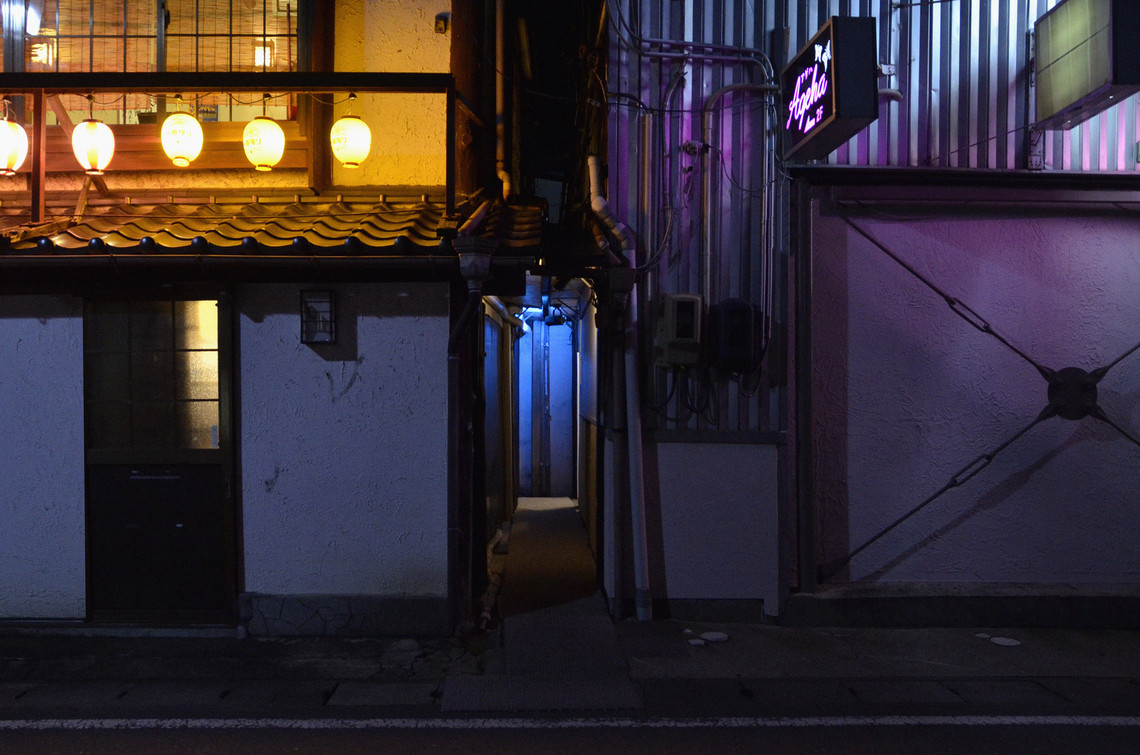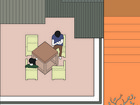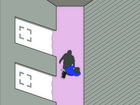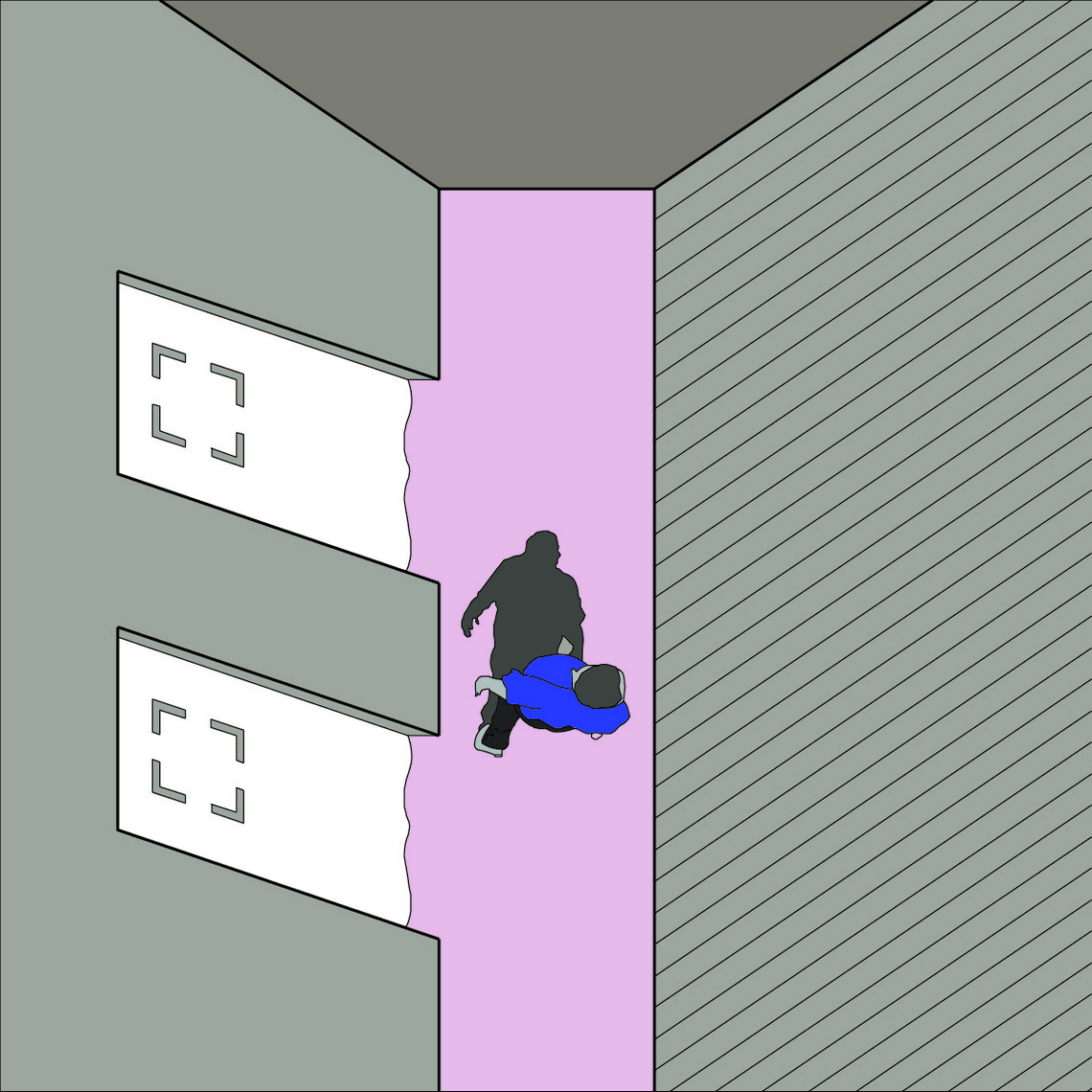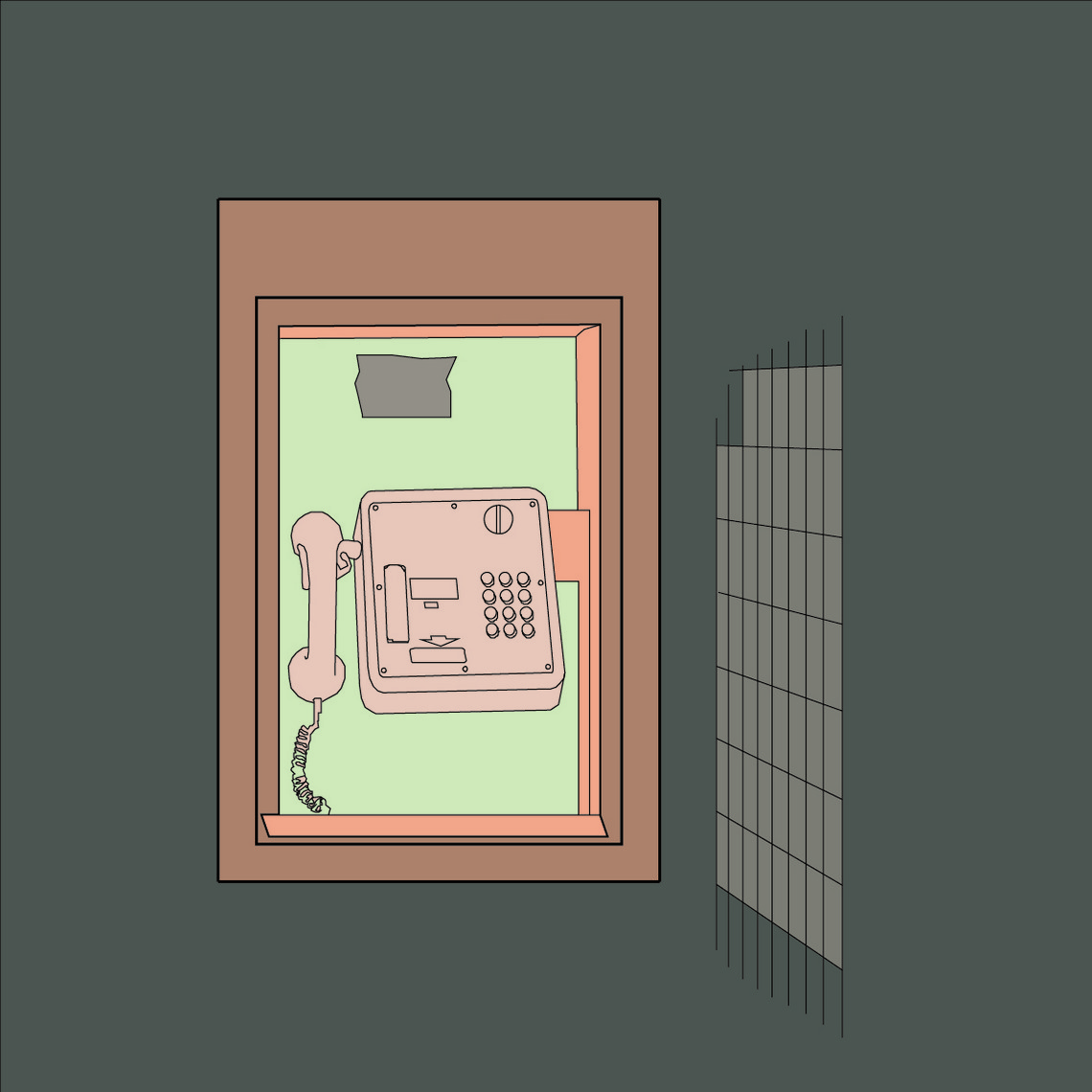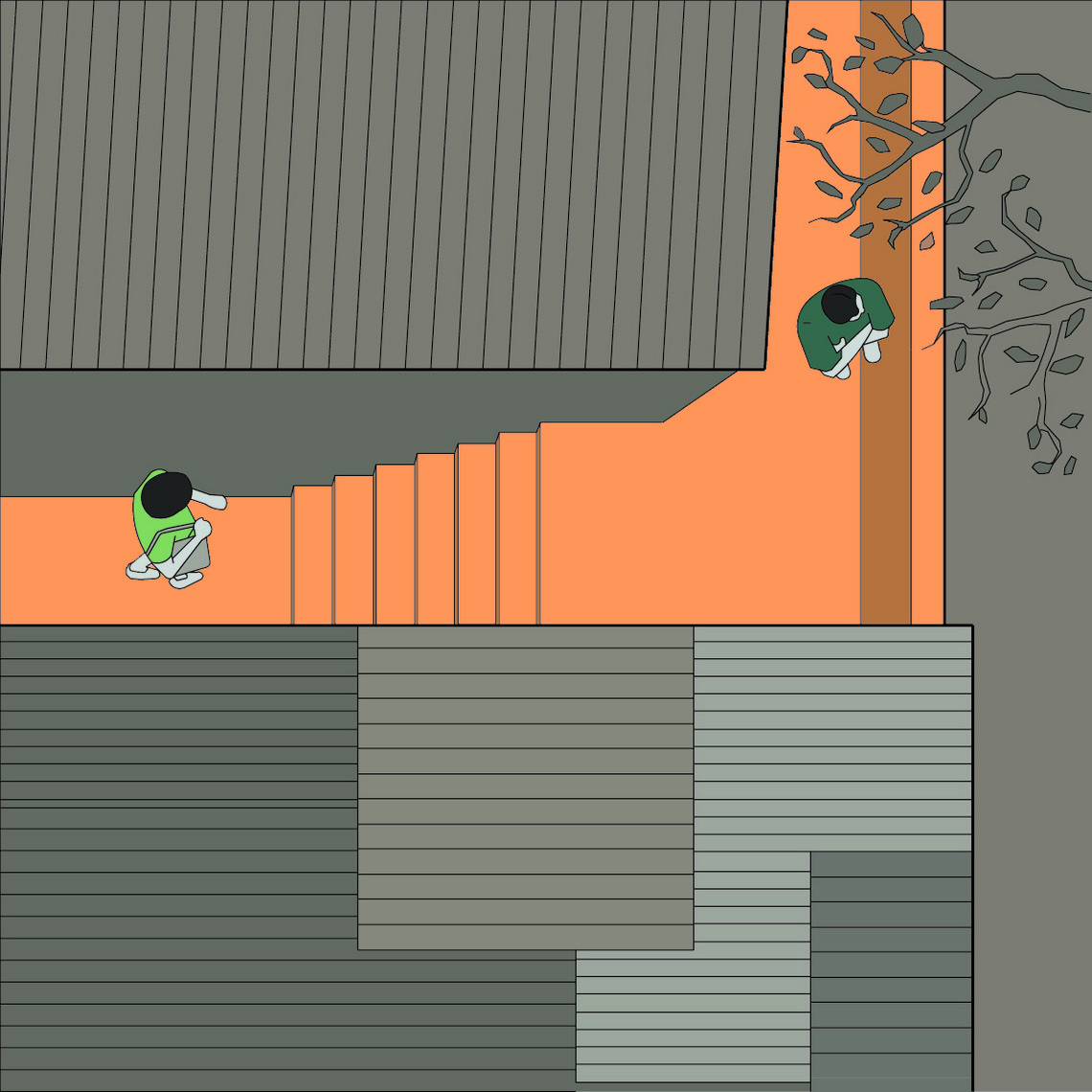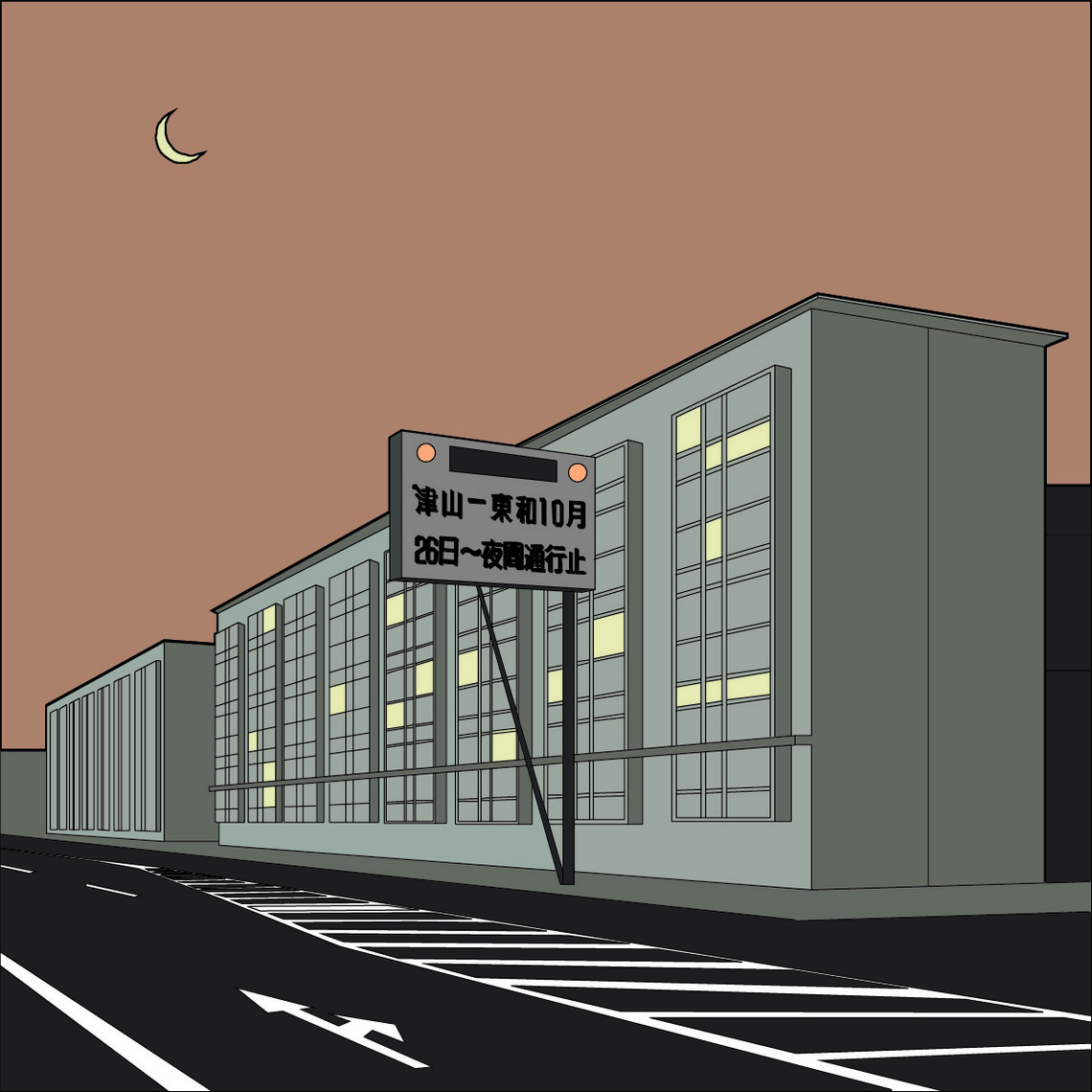
Postcrisis Reconstruction Agency
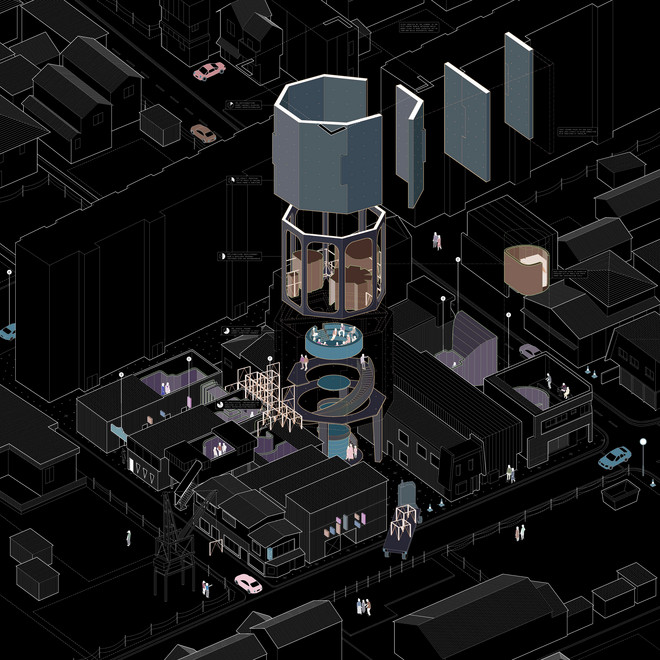
The Postcrisis Reconstruction Agency is an architectural response to the critical mismanagement of aid money that poured into Japan following the tsunami in 2011.
As a political entity, the Agency positions itself in the 'state of exception' prior to the remobilisation of political structures following urban trauma. It acts upon the physical to recode market-driven urbanism and realign it with the needs of victims. The Agency combines the operations of credit union and developer to offer communities affected by catastrophe a greater stake in the rebuilding process.
Architectural services are provided in exchange for a Vault, which holds the formwork and expertise to aid long-term regeneration. By diverting commodities into spatial devices, the Agency facilitates a post-disaster urbanism that rethinks the city on a neighbourhood by neighbourhood basis.
This project sets the Agency in motion at Kotobuchicho, Higashimatsushima, a district that suffered immensely since the tsunami. The Agent’s offer has been accepted and a Vault has arrived. The site is becoming a laboratory for an alternate construction ecology.
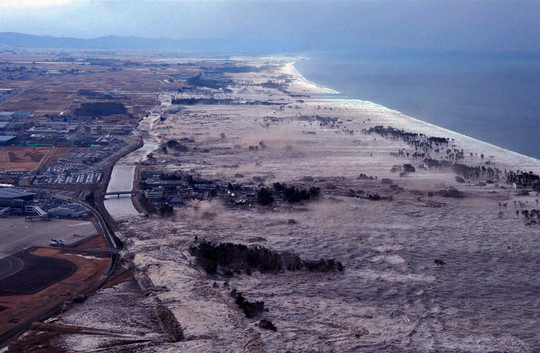
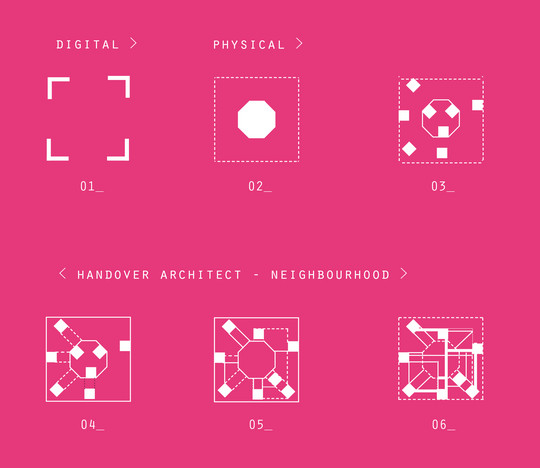


The project is also an experiment in architectural method in that the concept was developed through both visual and written design technique. The text aims to unfold what the drawings cannot and vice versa.
The written element, captured here into four research clusters, explicates key threads that drove project development. They aim to further the discussion by gathering intricacies of on-site journalistic research while siting explorations within the constellation of contemporary theoretical discussion.











